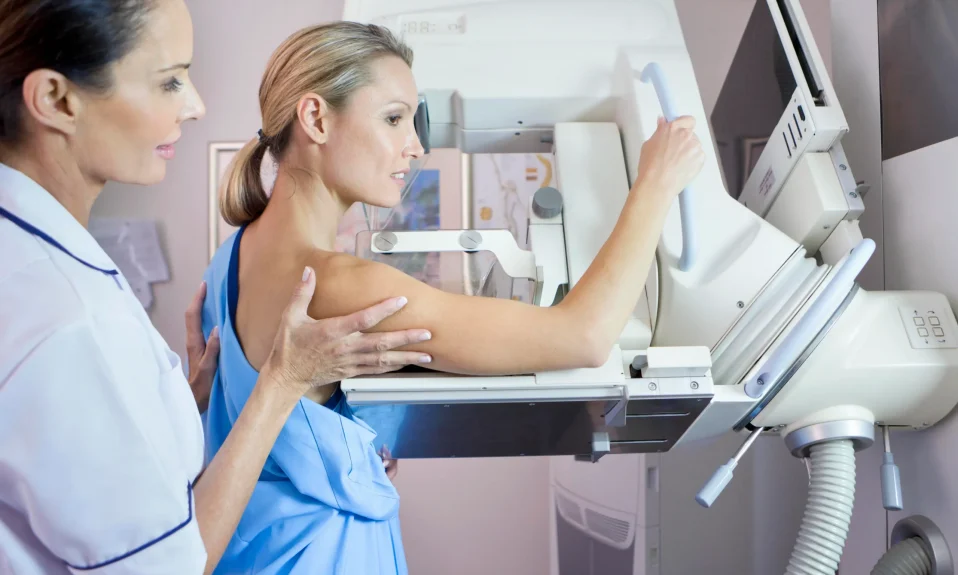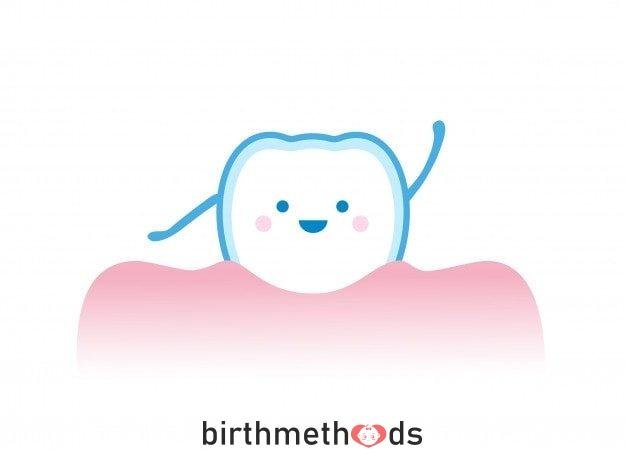One of the treatment methods to assist reproduction is in vitro fertilization. In vitro fertilization treatment begins by taking sperm from the father and egg cells from the mother. Fertilization is carried out in sterile laboratory environments and the embryo emerges. The embryo is surgically placed in the mother’s womb.
After these stages, the process continues like a normal pregnancy. Apart from this, there is one more point we should mention. IVF is done in two different ways. The first one, as you know, is in vitro fertilization, which can now be considered a classic. In this treatment, sperm and egg cells are taken from the prospective parents and placed in the same environment, waiting for natural fertilization. This is the most common method in hospitals.
It is generally preferred as the first method, but this varies according to the prospective parents. Apart from this process, it is done in a different way. The other method is called microinjection. In this method, the sperm cell taken from the father-to-be is directly injected into the egg cell taken from the mother-to-be in the laboratory environment.
~ 152 ~ As we said, although both treatments can be applied with high success, the physician decides which method to apply. In the decision of the physician, it evaluates the health conditions, diseases, reproductive abilities of the prospective parents. The purpose of IVF treatment is not only pregnancy, but to create a healthy pregnancy.
How is IVF done?
Before entering the IVF treatment process, the reproductive abilities and abilities of both the expectant mother and the father-to-be are examined by the physician. The physician who decides on IVF treatment usually starts hormone therapy first to ensure the maturation of the ovum for the expectant mother.
~ 152 ~ The doctor who performs the IVF treatment decides the duration of the hormone treatment. This period varies from mother to mother. After hormone therapy, the so-called cracking needle is performed. In this way, it helps the eggs to be thrown out of the follicles. After this stage, egg collection is started and the eggs formed in the expectant mother are collected with the support of ultrasonic machine.
So far, we have talked about the stages of the mother-to-be, but the father-to-be should also give the sperm cell in this process. The sperm cell taken from the father-to-be and the egg cells taken from the mother-to-be are combined in a sterile laboratory environment and fertilization is ensured. After that, embryos appear.
Among these embryos, the healthiest one is selected according to the decision made by the physician. The healthiest embryo is placed in the mother’s womb accompanied by an ultrasonic machine. This is not an eye catching procedure. In general, expectant mothers are discharged immediately after this procedure and go home. In some treatments, more than one embryo is placed in the mother’s uterus because there is more than one healthy embryo. In these cases, multiple pregnancy is encountered.
In vitro fertilization can be applied to every woman before menopause. However, the chance of success decreases after the age of 40-45. In general, there is only one condition. Women who do not take 35 days should not get pregnant even if they have unprotected sexual intercourse for 1 year. For women older than 35, this period is 6 months.
What are IVF Stages?
The first step in IVF stages is to search for an IVF center. You need to find an IVF center and make a preliminary interview. In the meantime, the doctor may ask you for your information and health conditions. Then you will be examined at the IVF center.
As a result of this examination, you can perform operations such as AMH, HSG, hysteroscopy, thyroid, blood count, etc. AMH is a test to learn egg capacity. HSG is uterine film. Sperm analysis and test are requested from the father. If the doctor deems it necessary, he can send you to the urology doctor. In the light of this information, your IVF doctor chooses which treatment to give you.
Egg Stimulation Process: Hormone drugs are started for the expectant mother to start maturation of the eggs in the ovaries. If the follicle size exceeds the sufficient level (average 19 mm) in about 10 days, the cracking needle stage is started.
Collection of Eggs: Cracking needle is applied and eggs are collected with ultrasound support. The patient does not feel pain and takes a maximum of half an hour.
Sperm Collection: A container is given to the father-to-be and a sperm sample is taken. If it cannot be removed in this way, it is surgically removed from the ovaries.
Fertilization: With a process called IVF, sperm and egg cells are put together in a laboratory environment and fertilization is expected. If this process does not occur, fertilization is performed by microinjection. ~ 153~
Embryo Transfer: It is the last step of the IVF treatment process. The healthy embryos obtained are determined by the physician. One or more of them are released into the mother’s womb. There is no need for anesthesia during this procedure.














